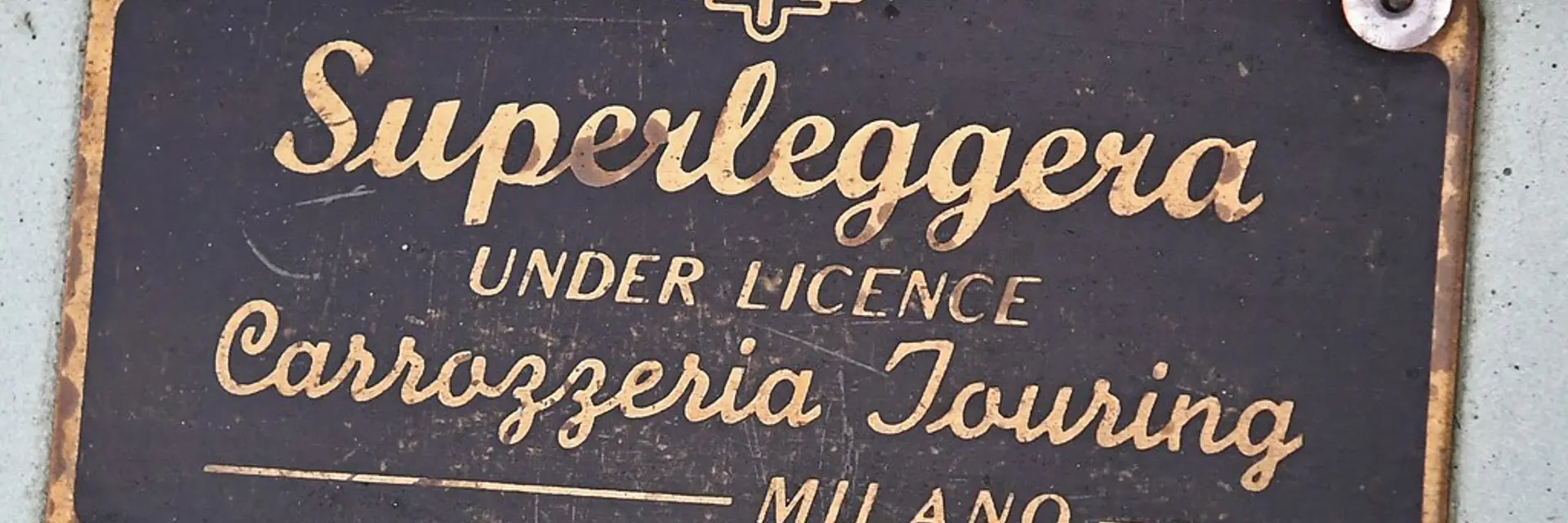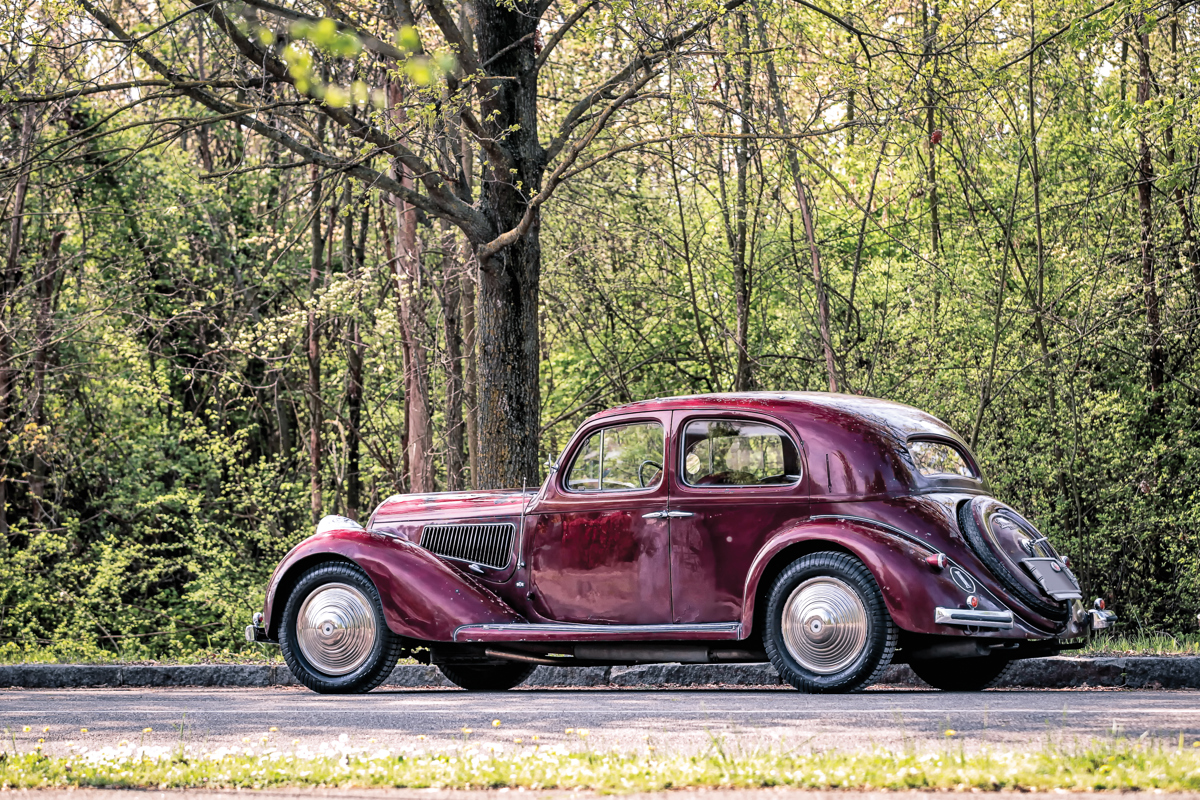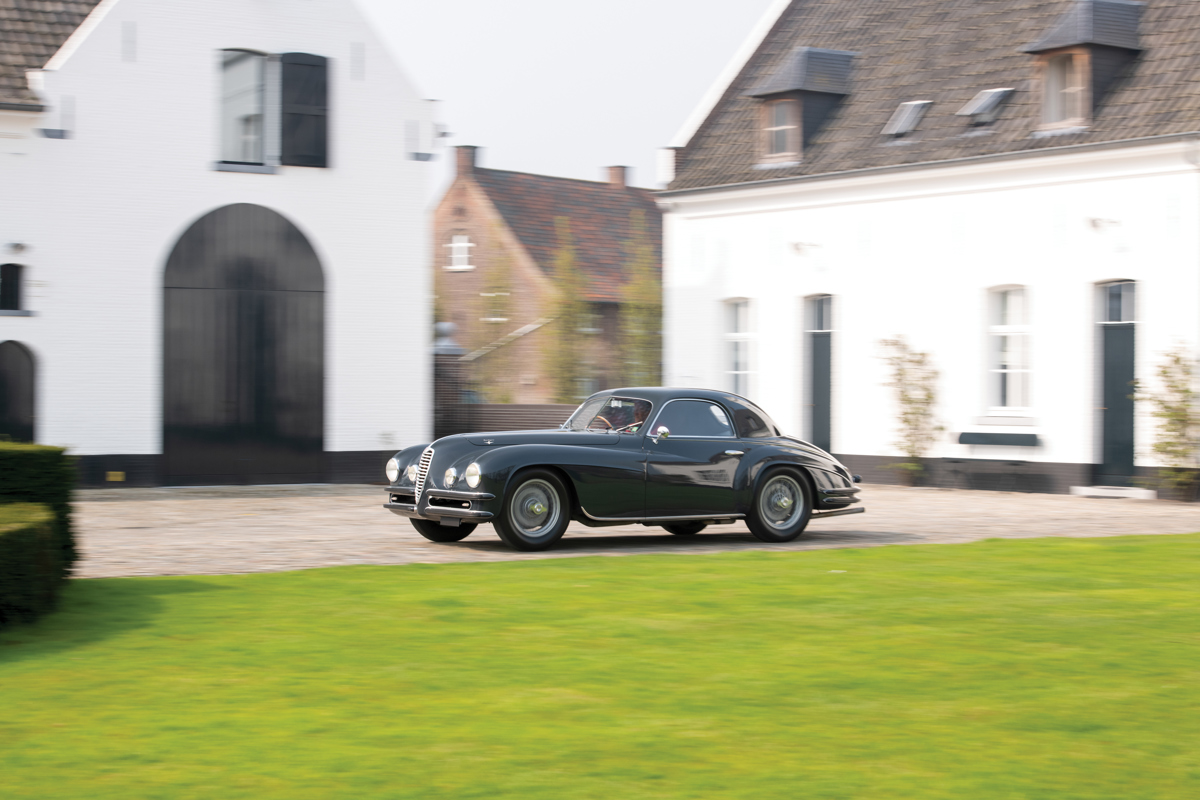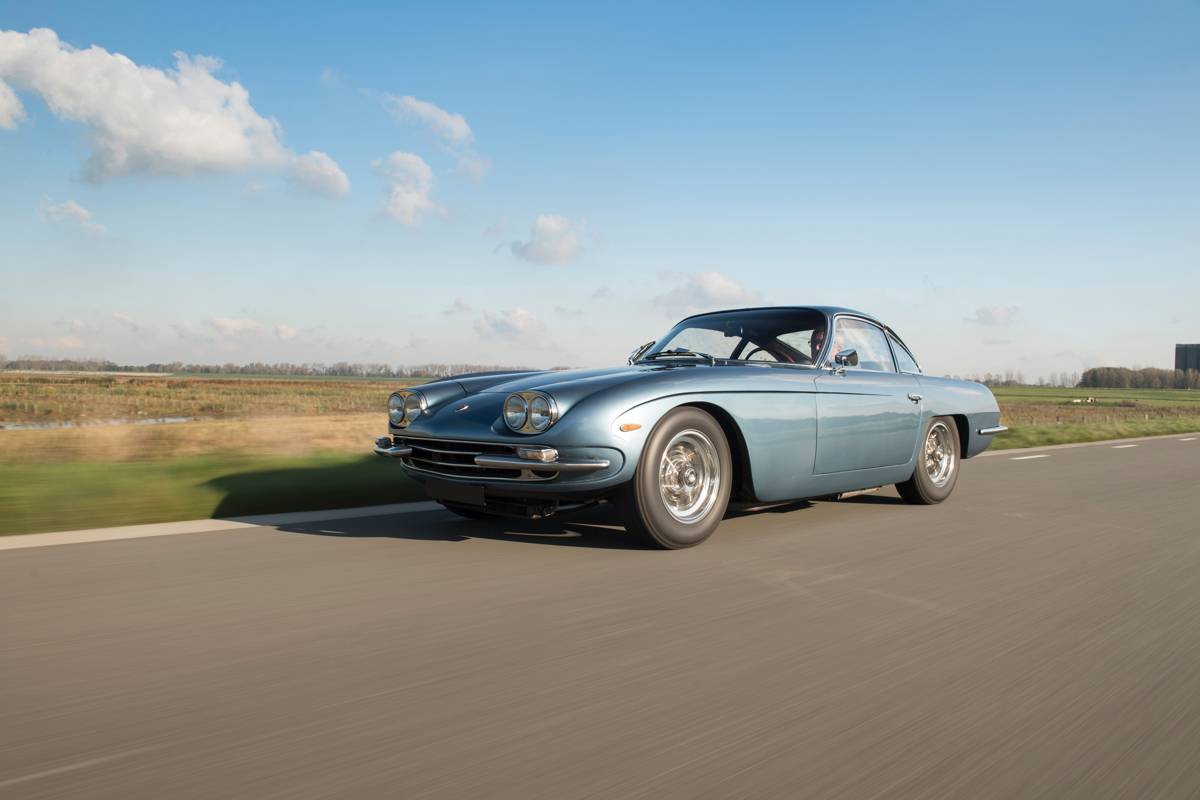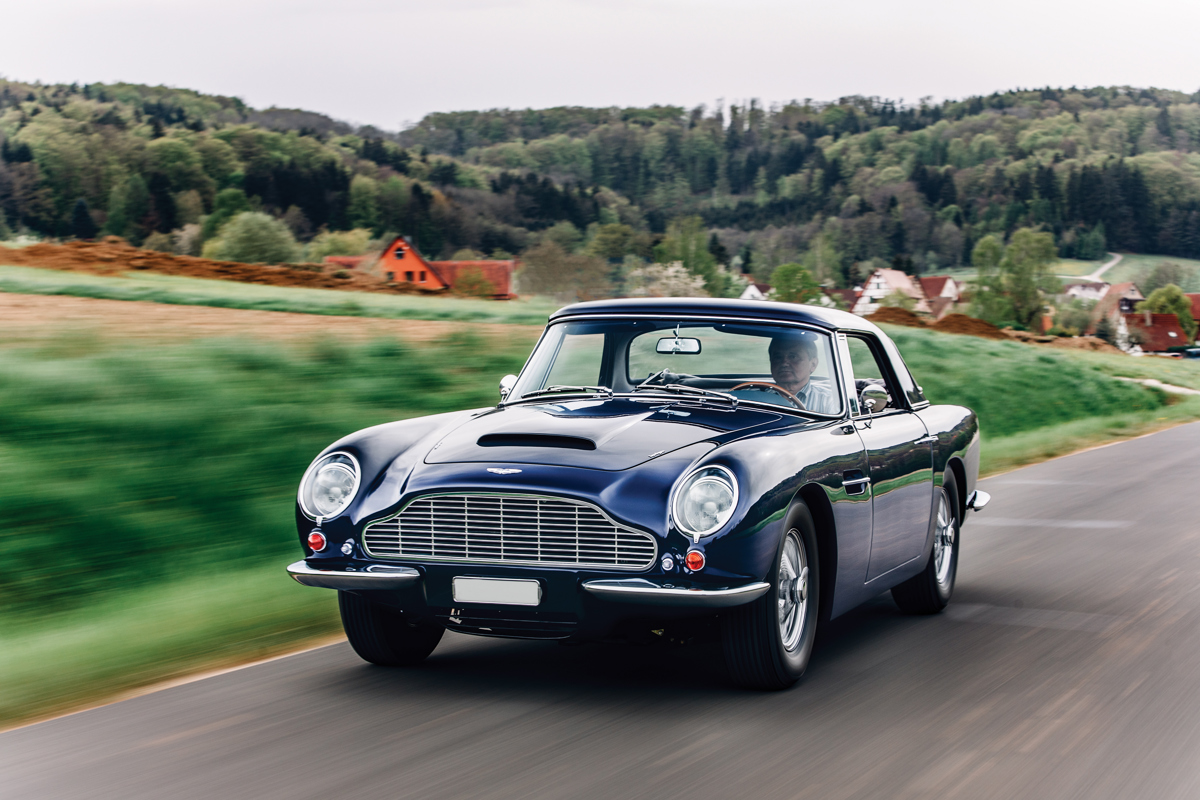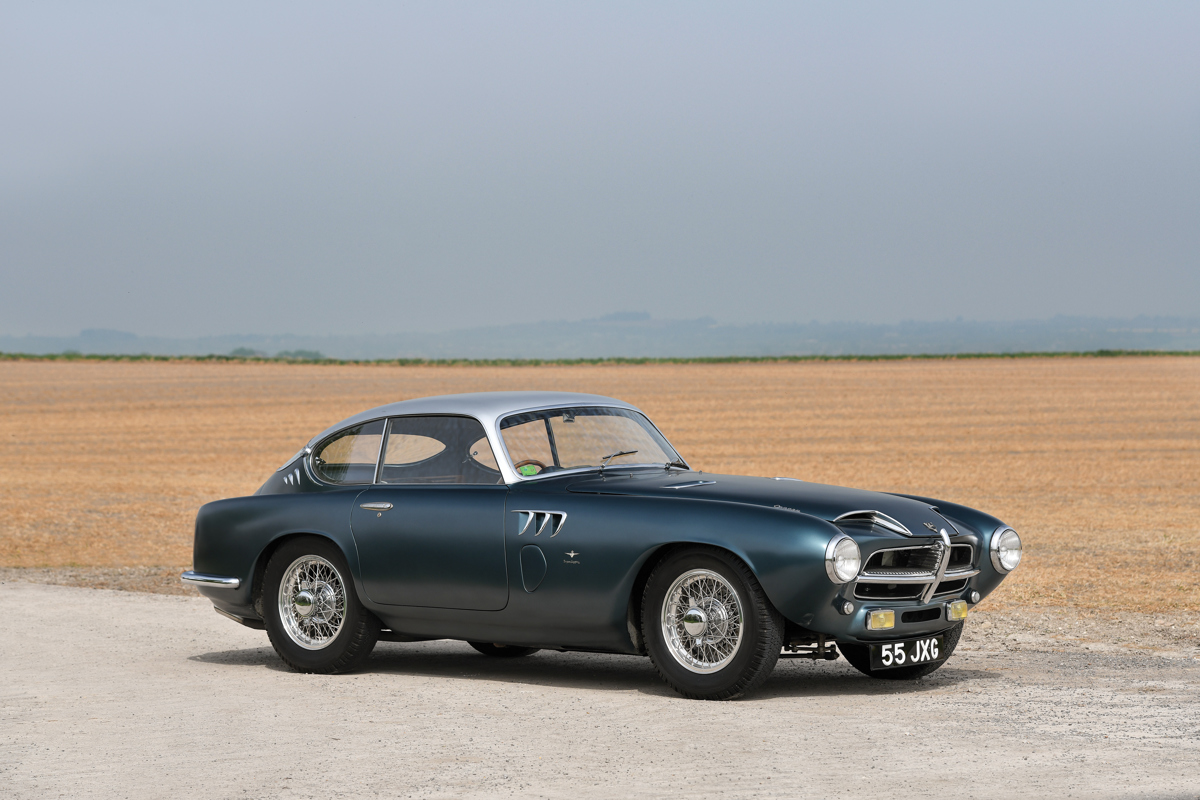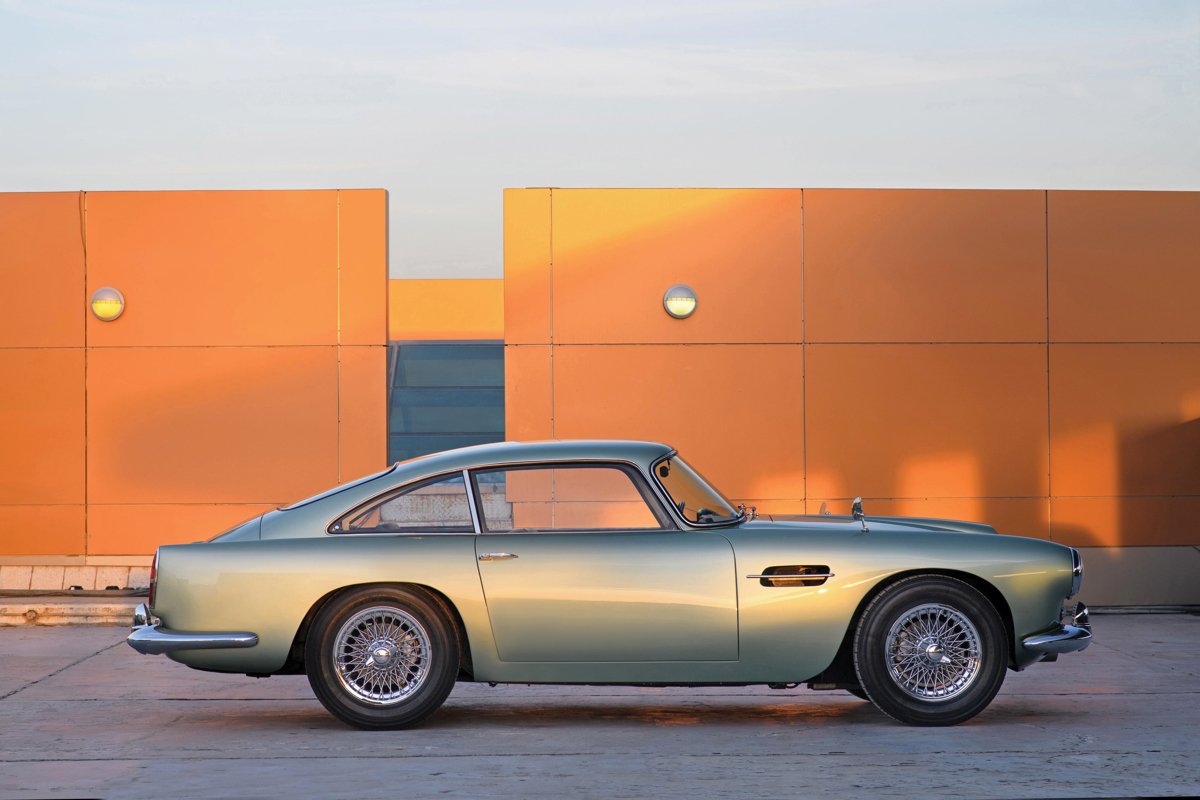Carrozzeria Touring roots can be traced back to 1926 when Milanese lawyers Bianchi Andeloni and Gaetano Ponzoni purchased a controlling interest in Carrozzeria Falco from its founder Vincent Ascari. Bianchi Anderloni was a former Isotta Fraschini test driver and Peugot Italia employee, and came to the company as lead designer and engineer, while Gaetano Ponzini would assume administrative tasks. The two changed the name from Carrozzeria Falco to Carrozzeria Touring shortly after. Touring hired Guiseppe Seregni as he had previously worked with Anderloni on the Isotta Fraschini “Flying Star”. Together, the two developed the Superleggera method of constructing lightweight aluminum bodies over a thin metal tube structure. This innovative method would lead to a number of successful collaborations with marques for developing lightweight touring cars and competition proven racecars.
Scroll down for six Touring Superleggera-bodied cars over the decades, offered at RM Sotheby’s famed Villa Erba biennial classic car auction held on the scenic coast of Lake Como, Italy.
1937 Alfa Romeo 6C 2300 B Pescara Berlina by Touring
Estimate: €300,000 - €400,000 EUR
The 6C 2300 B was the first appearance of a Touring-bodied car utilizing the Superleggera construction with a structure of small diameter tubing and alloy body panels to strengthen the framework. To celebrate the marque’s 1-2-3 position victory at the 24 Ore di Pescara, a series of cars were built to race-winning specifications and known as the 6c 2300 Pescara. The 6c 2300 B was the second series produced and featured fully independent suspension and hydraulic brakes.
1948 Alfa Romeo 6C 2500 Super Sport Coupé by Touring
Estimate: €650,000 - €750,000 EUR
Continuing the success of the earlier 6c 2300, the 6c 2500 utilized Touring’s Superleggera lightweight aluminum bodywork over thin circular tubing and a 2.5-litre inline six cylinder engine with a triple carburetor configuration. The sporting two seat coupe retains its original aluminum body, gearbox, and engine and has been restored to concours condition by renown Alfa Romeo restorer Dino Cognolato of the famous Carrozzeria Nova Rinascente over the course of two years.
1967 Lamborghini 400 GT 2+2 by Touring
Estimate: €425,000 - €475,000 EUR
The 400 GT 2+2 built upon the previous 350 GT with a larger version of the 3,939cc V12 engine, and a larger body shape to fit two passengers in the rear, whereas the 350 GT had space for only luggage or a single passenger. The 400 GT also received a Lamborghini designed gearbox with Porsche style synchromesh on all gears to improve the driving experience.
1965 Aston Martin Short Chassis Volante
Estimate: €1,300,000 - €1,500,000 EUR
The Volante was the result of thirty-seven unallocated DB5 chassis remaining at the start of the production of the DB6. It would merge the best traits of the DB5 and DB6 into a single chassis for a short run of “interim” convertibles. The bodywork was constructed from Touring’s Superleggera process, but added distinctive visual cues from the DB6 and used the race proven twin-cam 4.0-litre straight six cylinder engine with triple SU carburetors.
1955 Pegaso Z-102 Berlinetta Series II by Touring
Estimate: €550,000 - €700,000 EUR
After World War II, General Franco commissioned an extremely talented team of former Alfa Romeo engineers to build a world class sports car to promote Spanish interests. Beneath the Touring Superleggera bodywork, the Pegaso features an innovative chassis using stress-beating inner panels and a five speed transaxle. The highly advanced, all alloy, gear driven quad-camshaft, 32-valve V8 engine is nestled against the bulkhead, resulting in a car with 50/50 weight distribution.
1959 Aston Martin DB4
Estimate: €450,000 - €500,000 EUR
David Brown entrusted Touring Superleggera to create a dashing new body for the successor to the DB2. Beneath the elegant Italian styling was Tadek Merak’s recently developed 3.7-litre dual overhead camshaft inline six cylinder engine with twin SU HD8 carburetors capable of producing 240 horsepower and a 140 mph top speed—and immediately put the DB4 in the spotlight as one of the fastest cars on the market. This example is a rare early production model with rear hinged bonnet and no bumper over-riders, and produced from the factory in the left-hand-drive configuration.

